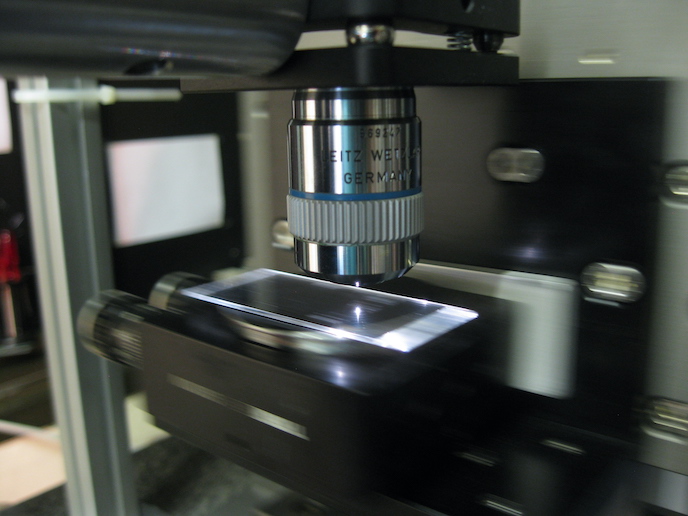Activated carbon leading the way in purification solutions
Activated carbon has become an attractive solution for an increasing number of applications ranging from tertiary water treatment to supercapacitors. These large scale applications reflect the high throughput of the most commonly used process for its preparation from wood, coal or coconut shell. The relatively low purity of activated carbon produced in rotary kilns, however, hinders its wider use in demanding electrochemical and biomedical applications. Furthermore, it suffers from substantial particle to particle variations. The CREATION project aimed to overcome these problems through the carbonisation of phenolic resin. In particular, the CREATION project focused on the development of a synthetic carbon material, the pore structure of which is maintained up to a very high degree of activation. Mast Carbon Technology Ltd, specialising in activated carbon, was behind this new material which evolved from the company's research into new polymer-based carbon materials. Porosity, which influences the performance of carbon materials in a multitude of applications, was introduced with the use of polymer solvents on precured resin powder. Once control over the pore structure was ensured, the ability of the carbonised phenolic resin to recover catalysts used in the synthesis of fine chemicals was put to the test. Typically, finely powdered activated carbon with a mean particle diameter of less than 20 microns is used in stirred autoclave reactors. Mast Carbon Technology Ltd found that highly porous carbon in the form of beads approximately 500 microns in diameter outperformed their conventional counterparts. These results have opened the way for applications beyond the recovery of catalysts. In the future, these novel carbon materials can be used in the filtering of blood as well as the absorption of solvents and other volatile chemicals released from industrial processes.







